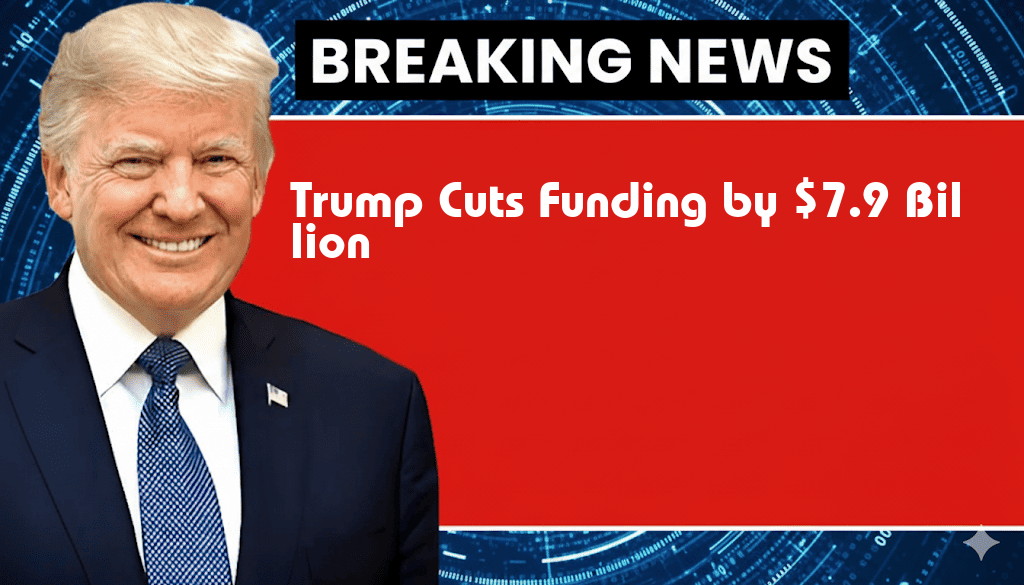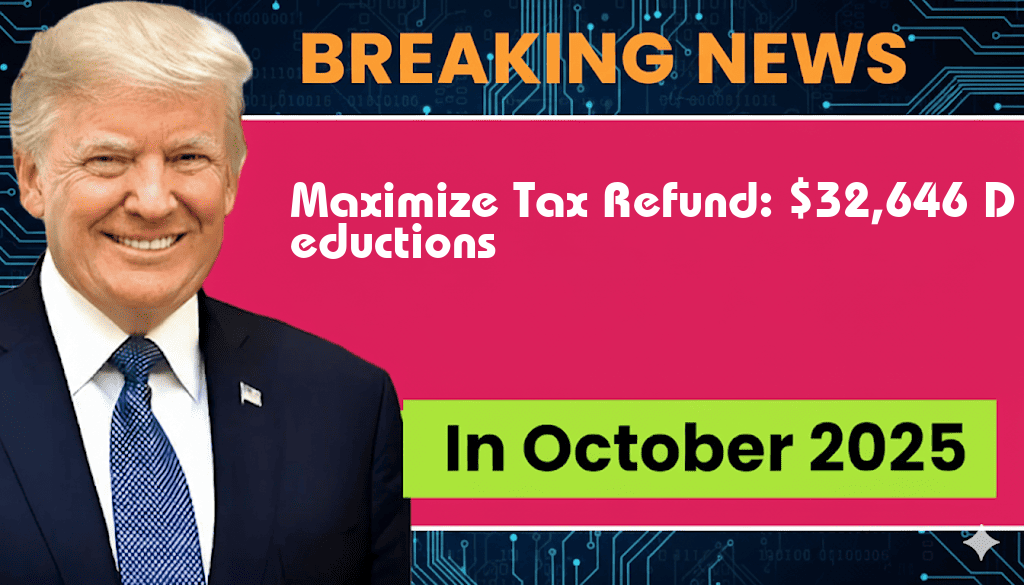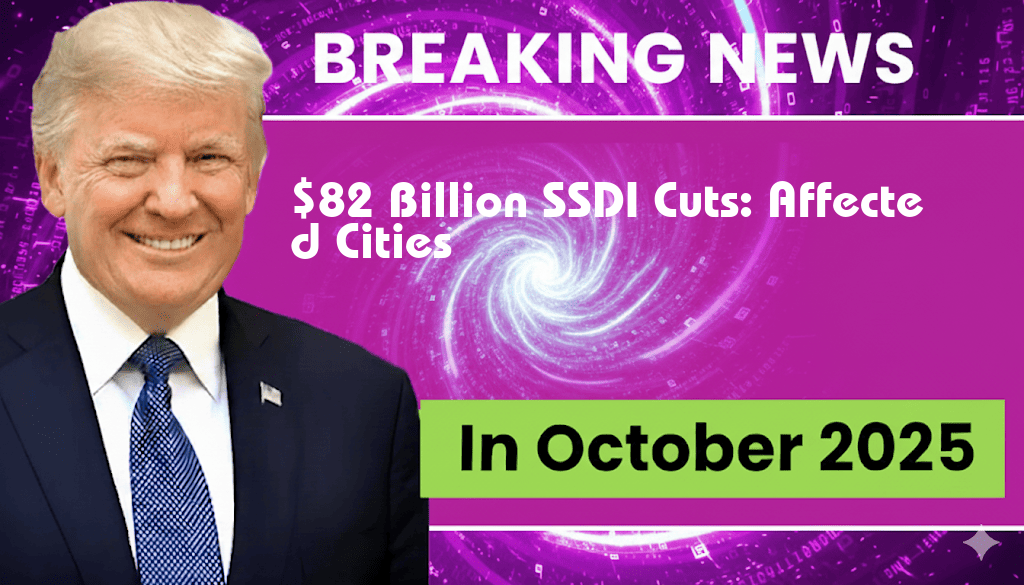

In a significant shift in federal funding, the Trump administration has enacted the Rescissions Act, which aims to reduce government spending by $7.9 billion. This decision, announced by the White House on Tuesday, has sparked a mix of reactions across political and economic landscapes. The act targets various federal programs and initiatives, with the goal of reallocating resources and addressing budgetary concerns. The move is part of a broader effort by the administration to streamline government operations and mitigate the national deficit. Critics argue that these cuts could adversely affect essential services, while supporters claim they are necessary to ensure fiscal responsibility. This article explores the implications of the Rescissions Act, detailing which programs will be impacted and the administration’s rationale behind these reductions.
Overview of the Rescissions Act
The Rescissions Act allows the president to propose cuts to previously appropriated funds, which Congress can then accept or reject. In this latest iteration, the Trump administration has identified key areas where funding can be trimmed. According to White House officials, the initiative reflects a commitment to reduce wasteful spending while prioritizing national interests.
Key Areas Affected by Funding Cuts
- Environmental Programs: Significant reductions have been proposed for various environmental initiatives, including the Environmental Protection Agency (EPA).
- Education Funding: Programs aimed at supporting education, including federal student loan programs, will see substantial cuts.
- Healthcare Initiatives: Certain public health programs are also on the chopping block, raising concerns among healthcare advocates.
Administration’s Rationale
Officials from the Trump administration have justified the funding cuts as a necessary step toward achieving a balanced budget. During a press briefing, a senior White House advisor stated, “We are committed to ensuring that taxpayer dollars are spent efficiently. These rescissions will help us eliminate funding for programs that are not delivering results.”
Supporters of the Rescissions Act argue that the cuts are a reflection of prudent fiscal management. They point to the growing national debt and the need for a more sustainable financial future. Proponents believe that by reallocating funds away from less effective programs, the government can focus on initiatives that deliver tangible benefits to citizens.
Criticism and Controversy
Despite the administration’s claims, the Rescissions Act has faced fierce criticism from various sectors. Opponents argue that slashing funding for critical programs could lead to detrimental effects on vulnerable populations. For instance, education advocates warn that cuts to federal student aid will hinder access to higher education for low-income families.
- Environmental Concerns: Environmentalists have expressed alarm over potential cuts to the EPA, which they argue are vital for maintaining public health and safety.
- Healthcare Access: Critics claim that reductions in public health funding could worsen healthcare disparities, particularly in underserved communities.
Potential Impact on State and Local Governments
The cuts proposed in the Rescissions Act are expected to reverberate through state and local governments, many of which rely on federal funding to support their programs. States may face increased pressure to fill budget gaps caused by the loss of federal resources, potentially leading to higher taxes or cuts in local services.
| Program Area | Projected Funding Cut | Impact on Services |
|---|---|---|
| Environmental Protection | $2.5 Billion | Reduced regulatory oversight, potential health risks |
| Education | $3 Billion | Decreased financial aid, fewer resources for schools |
| Healthcare | $2.4 Billion | Limited access to health services, increased disparities |
Conclusion
The Trump administration’s Rescissions Act represents a bold attempt to reshape federal spending priorities. As the proposed $7.9 billion in cuts makes its way through Congress, the debate over fiscal responsibility versus the necessity of government programs is likely to intensify. Stakeholders from various sectors will be watching closely to see how these changes unfold and the long-term implications for both federal and state programs.
For more information on the Rescissions Act and its implications, you can visit Forbes or The New York Times.
Frequently Asked Questions
What is Trump’s Rescissions Act?
Trump’s Rescissions Act is legislation aimed at reducing federal spending by rescinding previously approved funds. It specifically targets areas where the government believes funds are no longer necessary.
How much funding has been reduced by the Rescissions Act?
The Rescissions Act has resulted in a total funding reduction of $7.9 billion, affecting various federal programs and initiatives.
Which programs are impacted by the funding cuts?
The funding cuts from the Rescissions Act affect a range of federal programs, including those related to healthcare, education, and infrastructure. Specific details can be found in the legislation text.
What are the potential consequences of these funding cuts?
Potential consequences of the $7.9 billion funding cuts may include reduced services, project delays, and challenges in meeting the needs of certain communities or sectors that rely on federal support.
Why was the Rescissions Act introduced?
The Rescissions Act was introduced as part of a broader effort to streamline government spending and address concerns about the national debt and fiscal responsibility.




